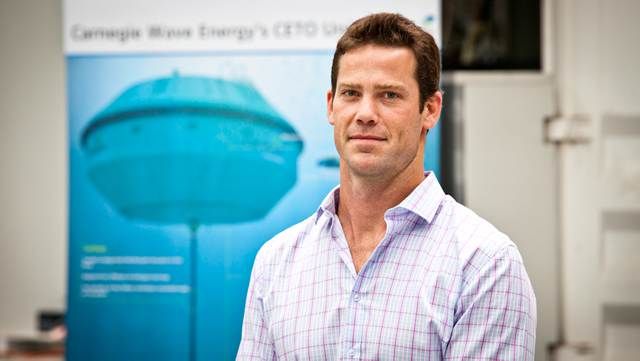Building a Wave Farm with Model-Based Design: Q&A with Carnegie Clean Energy
“As engineering tools, MATLAB and Simulink provide significant value. They are just as valuable as innovation tools because they enable us to quickly test ideas that we would otherwise never try.”
Challenge
Solution
Results
- Scale testing minimized
- Crucial design insights gained
- Sensitivity studies accelerated

Headquartered in Western Australia, Carnegie Clean Energy Limited invented CETO, patented wave energy technology that converts ocean swell into zero-emission renewable power and desalinated freshwater.
What led you to look for a new way of working?
As a startup, we cannot afford a development cycle in which we build a system, test, make changes, and retest. It would cost too much and take too long to build even a scale model of our full system. We decided to put the engineering effort into virtual prototyping and simulation so that we get the design right first.
Why Model-Based Design?
Our system has a high degree of complexity, and includes mechanical, electrical, and hydraulic components. Model-Based Design lets us simulate these components together under various possible sea conditions to make sure the integrated system will work as intended. Finding and fixing problems via simulation is easier and less expensive than testing on hardware prototypes.
What results have you seen so far?
Using the virtual prototype we developed using Model-Based Design we run simulations across a range of sea states. These simulations enable us to specify the right component requirements for building a reliable system at the lowest possible cost. They also enable us to demonstrate CETO technology to suppliers, customers, and investors. The CETO system has to compete with other forms of energy for business. Our simulations demonstrate that we offer a cost-effective alternative.
We accelerated development of the world’s only operating wave farm using Model-Based Design, and we are now working on next-generation technology that will triple the power-generating capacity of our existing system.
Products Used
Related Resources